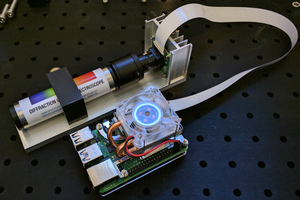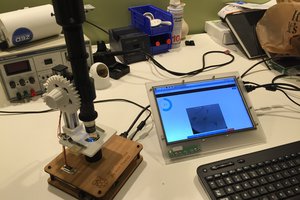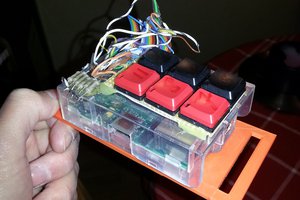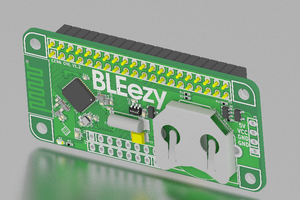Project Requirements
The goal of this project is to develop and implement a simple, low-cost system for lensless imaging of microscopic objects such as single-celled organisms, tissue, gels, and colloids. The main requirements of this system are as follows:
- The system should be affordable. By this I mean it should not be prohibitively expensive to implement by non-specialists such as hobbyists and students. USD 500 is an approximate upper limit on the cost of this imaging system.
- The system should be capable of video-rate imaging of microscopic objects. (The imaging need not necessarily be live.) Since this project is largely exploratory and a means for me to determine the capabilities of developing a low-cost imager, I am not placing strong requirements on the spatial or temporal resolutions of the system.
- The system should output images, i.e. two-dimensional arrays of numbers and metadata describing how they were produced.
- The system must use open-source software that is user-friendly and well-documented. Emphasis will be given to easy-to-use languages such as Python and well-established frameworks such as ImageJ to ensure portability and facilitate sharing of the system components.
- The system hardware must be easily acquired and user-friendly. Emphasis is given to platforms such as the Arduino and Raspberry Pi that are both affordable and for which a large online user base/community already exists.
Literature
- Ozcan and McLeod, Lensless Imaging and Sensing, 2016
- Görörcs and Ozcan, On-Chip Biomedical Imaging, 2013
- Latychevskaia and Fink, arXiv, 2016
- Aidukas, et al., bioRxiv 2018
Related Software
- Poppy - Physical optics simulations in Python
- HoloPy - Digital holography and light scattering tools in Python
Misc. Links
 Kyle M. Douglass
Kyle M. Douglass
 LesWright
LesWright

 Daemon informatica
Daemon informatica
 julien
julien